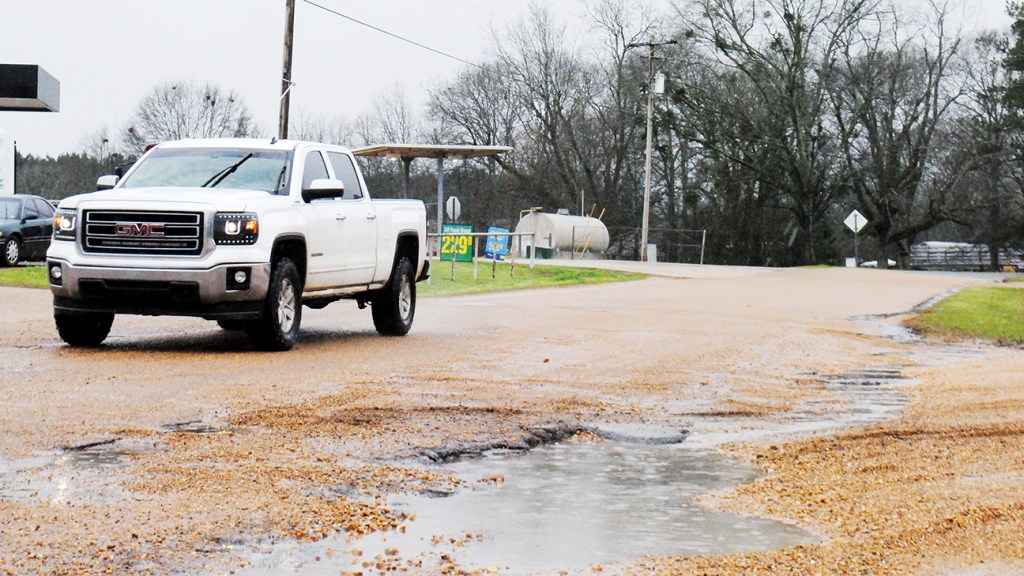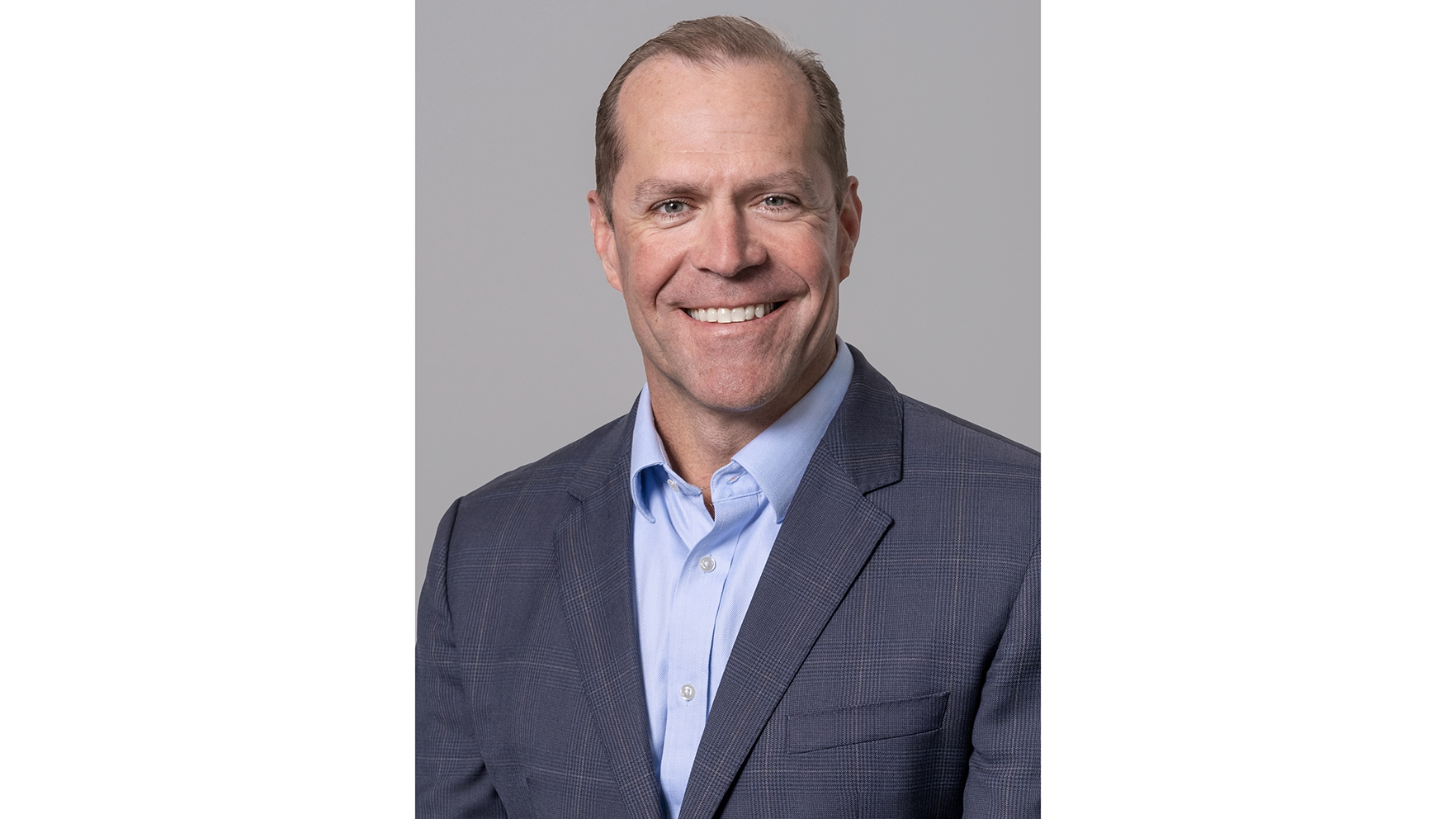You asked: Why are some roads worse after it rains?
Published 9:39 pm Wednesday, February 19, 2020

- Weather
Q: Why are some roads more damaged after it rains than others, and why doesn’t road maintenance last?
A: According to Dungan Engineering co-founder Jeff Dungan, counties do not have the money to properly maintain all non-state aid roads because of inflation. The real value of the dollar drops every year, and local government revenues have not increased enough to match the rising costs of maintaining roads.
“Typically, if the pavement has been maintained the way it should be — and that requires way beyond what we have — if you keep your cracks sealed, you don’t have that issue,” Dungan said. “But pavement is good for only five to eight years without requiring some kind of preventative maintenance.”
Trending
Inflation can vary significantly from year to year, but over the past 30 years, the real value of the dollar has dropped by roughly 2.4 percent every year, according to data published by the United States Bureau of Labor Statistics. Something that cost $1 in 1989 costs about $2.08 today.
“The real problem is 30 years ago, what the state sent from the fuel tax would do a whole lot of work,” he said. “That amount has not significantly changed in 30 years. The counties are trying to maintain roads with the same basic revenue that they’ve had for 30 years.”
The cost to maintain the roads has increased significantly, and many current roads were built before modern standards and are not up to code. Dungan estimated that to completely rebuild such a road would cost the county roughly $500,000 per mile. The periodic maintenance required to keep that road in good shape costs roughly $50,000 per mile every three to five years. Often, that maintenance doesn’t happen.
“After 10 years (of no maintenance), there’s options with some leveling, spot reconstruction and paving,” he said. “For $150,000 a mile you can get it back in good shape. It continues to escalate. It’s just the cycle we’re in. It’s doesn’t get less expensive. It gets more expensive.”
Dungan said the State Legislature and other state agencies have been working to get more money to local governments. This year will be the first that local governments will have access to use-tax funds collected from online purchases and have also funded the Emergency Roads and Bridges Repair Fund in 2018, with an initial state-wide funding of $250 million.
“The legislature is doing everything they can,” Dungan said. “Funding is what it is.”





